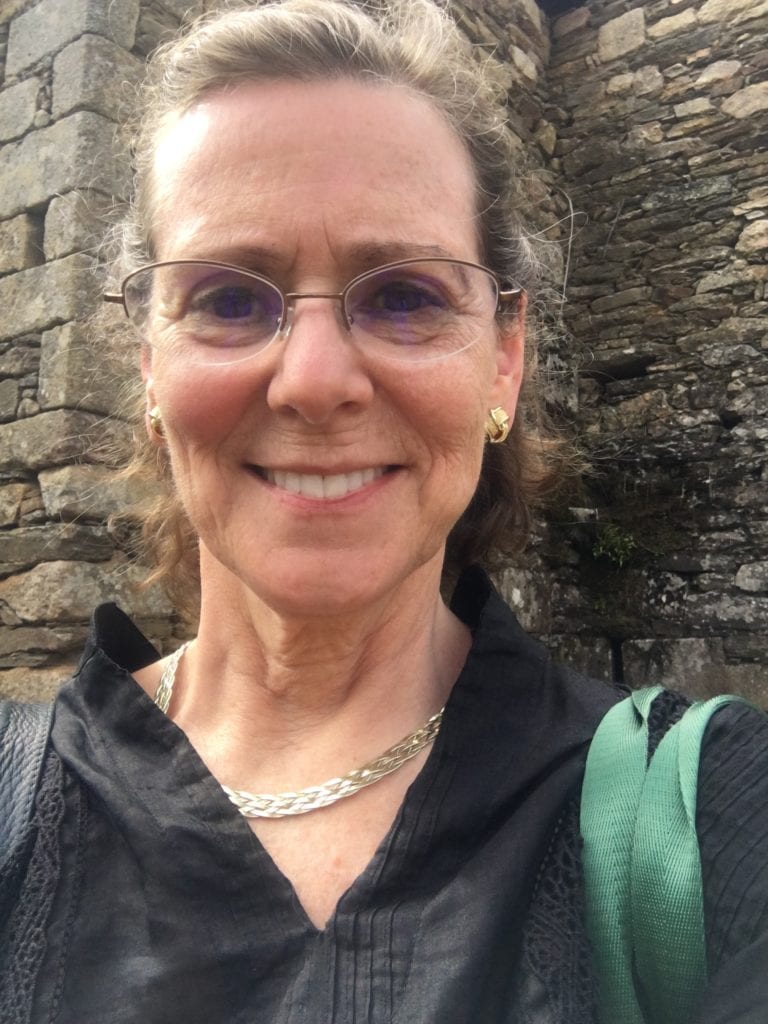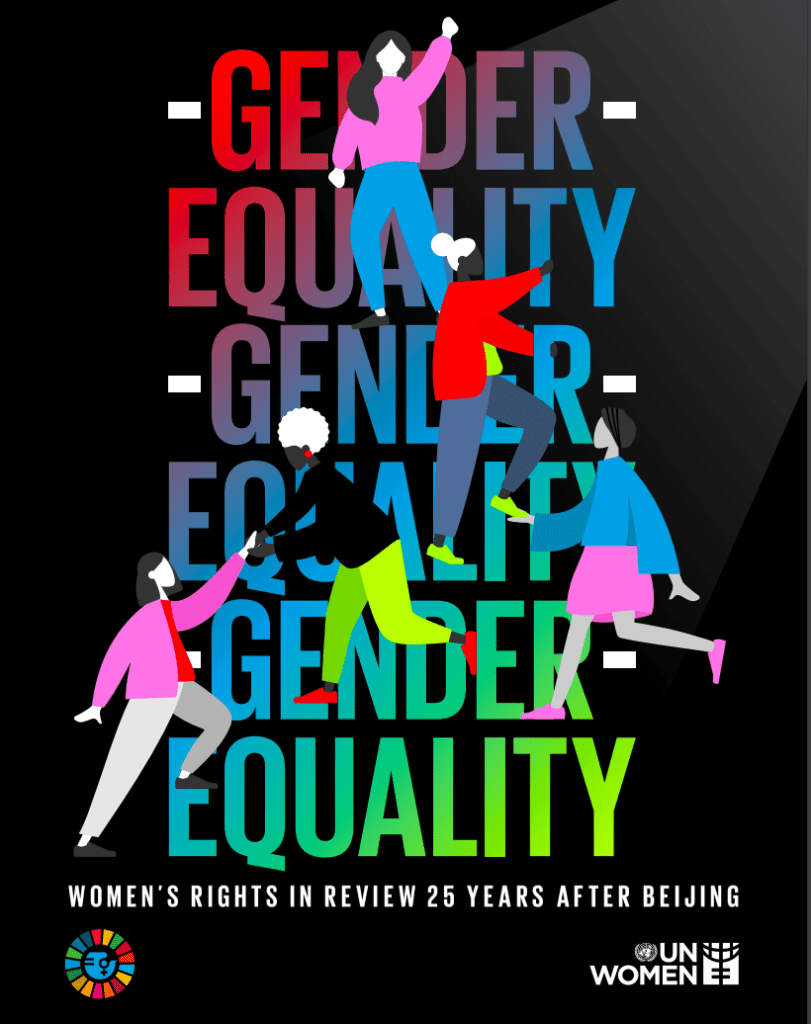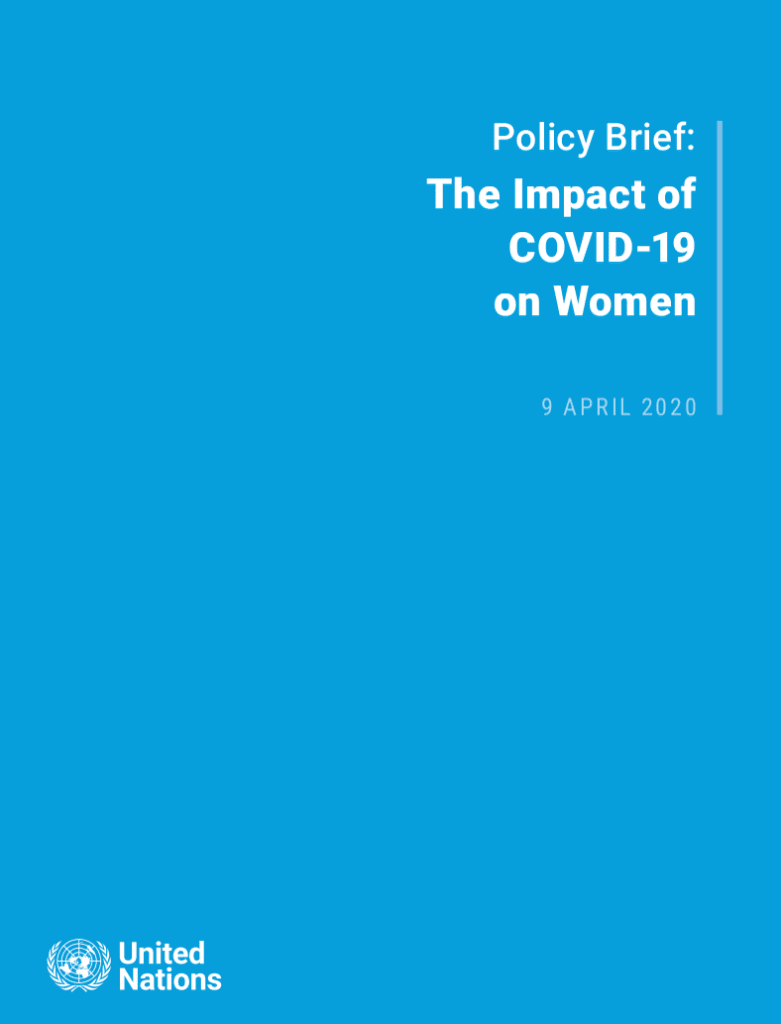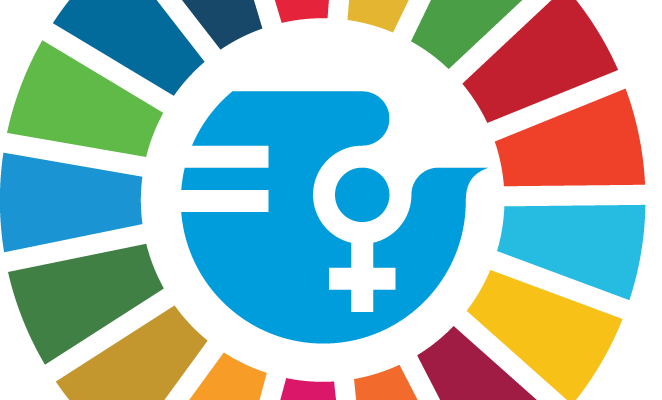As the first in our series of blogs relating to the twelve critical areas of concern outlined in the Beijing Platform for Action, Janet Hall Schempf, Environmental Impact Analyst, Habitat Biologist, and SIA Member, examines the impact of environmental changes on progress towards gender equality in today’s world.

Janet Hall Schempf, SIA.
“I have long been interested in the roles that geography, disease, sociology, and economics have played in human history. Perhaps I developed an early interest in the intersection of these disciplines because tuberculosis prompted certain ancestors to relocate during the 1800s from the crowded U.S. East Coast to the wide-open western United States. The ancestors ultimately settled in Alaska, where influenza was devastating during 1918 and 1919, and where tuberculosis caught up with us in the 1940s. I grew up with stories about how silently and secretly disease can spread from one person to another and quickly change every aspect of life. This oral history has a familiar theme for Soroptimist advocates: Disease robs individuals and families of income and dignity, and loss of income steals access to housing, healthcare, food security, leisure, and other recognised human rights.
2020 is a retrospective year for Soroptimist advocates who have worked to effect positive change in the circumstances of women and girls in the years following the adoption of the Beijing Declaration and Platform for Action by global leaders during the 1995 Fourth World Conference on Women. 2020 is also a time for accelerated action toward gender equality and the empowerment of women and girls because we are just ten years from the targets of the 2030 Agenda for Sustainable Development.
The 1995 Platform for Action identified three strategic objectives and multiple actions related to women and the environment:
- involve women actively in environmental decision-making at all levels,
- integrate gender concerns and perspectives in policies and programmes for sustainable development, and
- strengthen or establish mechanisms at the national, regional and international levels to assess the impact of development and environmental policies on women.
25 years later, the Platform for Action is still the most comprehensive international framework for achieving gender equality and the empowerment of women. Progress has been made toward the three strategic objectives specific to the natural environment and women, but this progress has been uneven and unfortunately, sometimes stagnant or reversed. The result is that, for many women and girls in many places, life has been harsh and tenuous, due to the combination of inequality, climate change and disruption, disease, violence, and other factors.
The contemporary intersection of the COVID-19 pandemic, climate change, and economic chaos have focused a sharp urgency to make progress toward achieving gender equality and reversing environmental degradation. Reaching these goals is made more difficult by the risks to women and girls from COVID-19 and other diseases that are exacerbated by climate change and degraded natural environments, by infrastructure and the built environment, and by society’s failure to adequately respond to climate distress and to eliminate gender inequality.
Soroptimist advocates share the dream of an inhabitable world that is free from discrimination on the basis of gender, and thus we participate in political, social, and economic arenas to press for the realisation of gender equality and the empowerment of all women and girls. To accelerate progress in the area of women and the environment within the context of the recovery from the COVID-19 pandemic, Soroptimist advocates can advance the environment strategic objectives of the Platform for Action and press governments toward specific actions that reflect the intertwined tenants of the Platform for Action and the Sustainable Development Goals:
- include women at all levels of decision-making and leadership,
- use gender mainstreaming across all policies and programs,
- adopt gender budgeting as a means to deploy resources more efficiently and effectively to achieve gender equality,
- develop accountability mechanisms that ensure that those making decisions and implementing policies are answerable to women and girls who the policies endeavor to benefit, and
- collect qualitative and quantitative data; provide analyses using disaggregated data; and conduct gender-sensitive monitoring and evaluation.
Lest we feel overwhelmed, we must encourage optimism. We can learn about and take steps to address inequality and climate change and disruption. We can make changes in our own lives. We can be thought leaders and advocates whenever and wherever an opportunity might be. We can be inspired by the public attitude shifts toward asbestos, single-use plastics, nuclear weapons, driving while impaired, and tobacco use, and, by working together, we can add climate change and inequality to the list of attitude shifts. Only then will we reverse the effects of inadequate access to housing, healthcare, food security, leisure, and other human rights that are disproportionately experienced by women and girls.”
Recommended Reading:

UN Women: Women’s Rights in Review 25 Years After Beijing. Click the image to access the full report.

United Nations Report: ‘The Impact of COVID-19 on Women’. Click the image to access the full report.


